Is fish farming a good business in India?
Struggling to find a profitable venture? The Indian aquaculture sector is booming, but many wonder if it's a safe bet. Discover the real potential.
Yes, fish farming in India is a highly profitable business. With strong government support, vast water resources, and growing domestic and international demand, it offers significant returns for those who invest wisely in technology and sustainable practices.
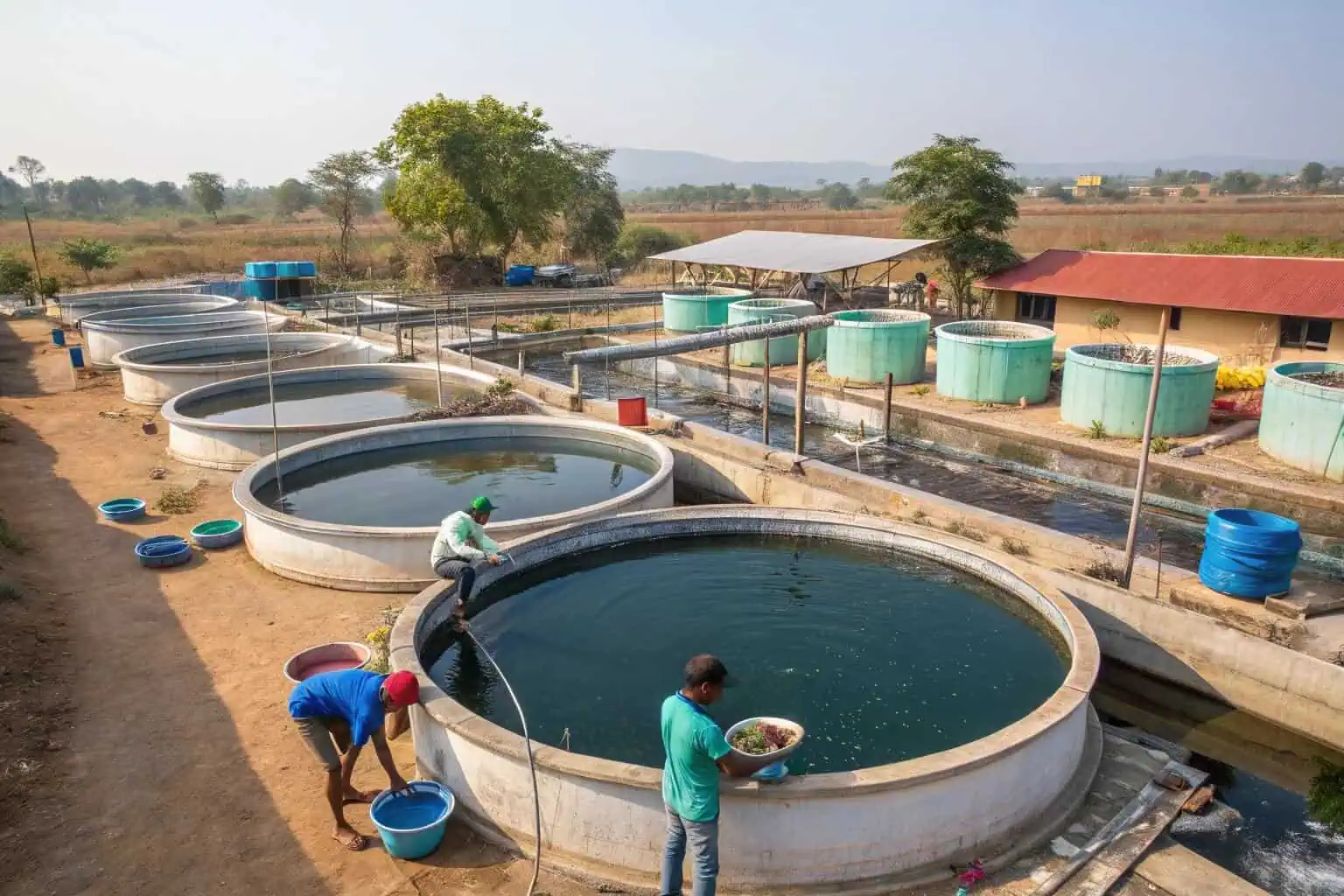
I've seen firsthand how this industry can transform lives. But before you dive in, it's crucial to understand the specifics. Let's break down what makes it profitable and what you need to succeed.
Is fish farming profitable in India?
Worried about your investment? Fish farming promises high returns, but hidden costs can sink your profits. Let's explore the financial realities of this growing industry.
Absolutely. The profitability of fish farming in India is driven by low operational costs, high demand for fish protein, and government subsidies. A well-managed farm can achieve a high return on investment within a few years, making it a lucrative agricultural business.
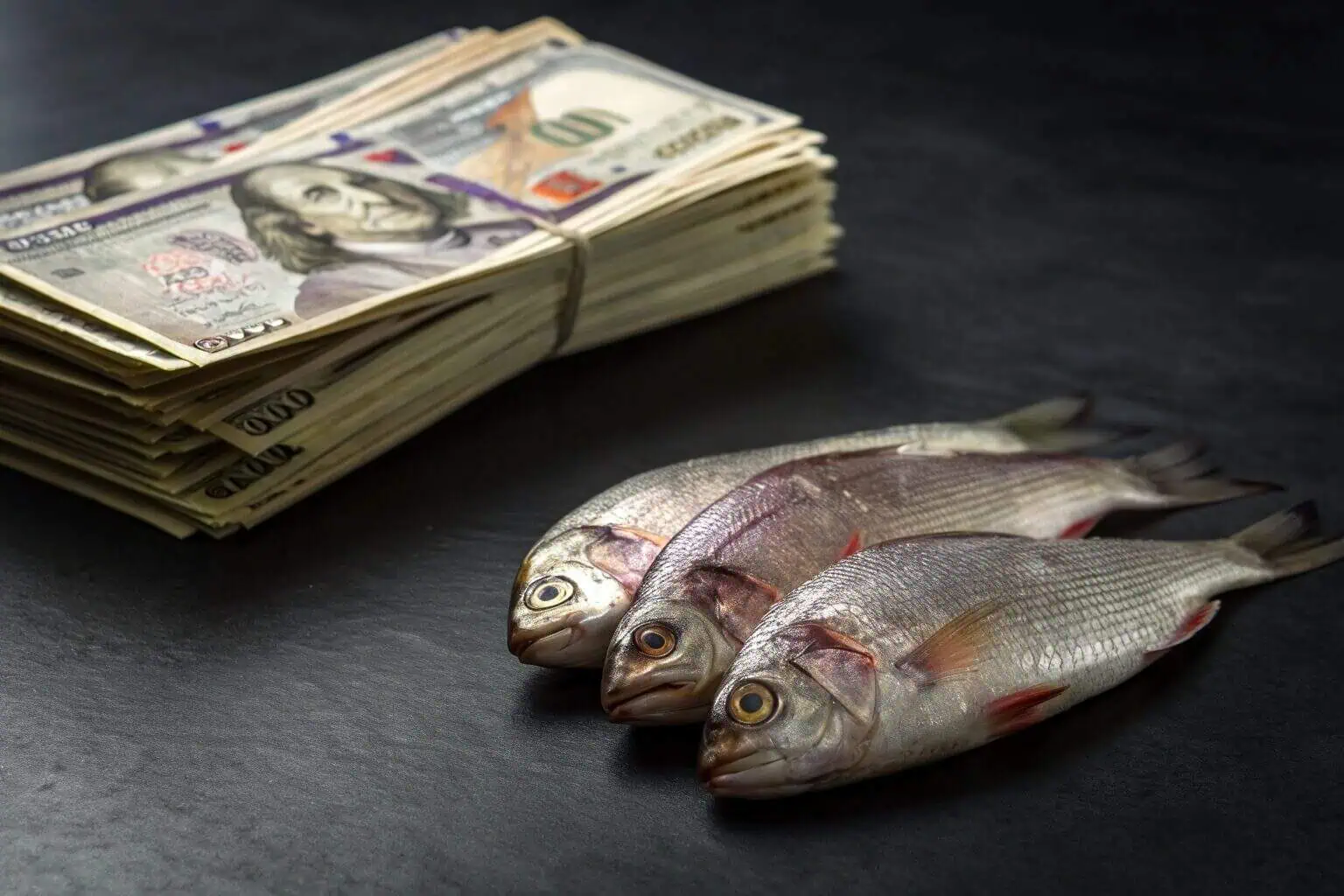
As someone deeply involved in this sector, I've learned that success isn't just about having a pond and some fish. It's about smart management. The initial investment might seem big, but the returns can be impressive if you get it right. I remember talking to a small-scale farmer who started with one of our collapsible fish tanks1. He was able to control the environment perfectly, which led to a healthier stock and a much higher yield than he expected. His story is not unique. The key is to focus on efficiency and quality from day one. This means choosing the right equipment, like a durable tank that prevents leaks and contamination, and managing your resources wisely.
Key Profit Drivers
The biggest factor is the constant demand. Fish is a staple food for a large part of the Indian population, and this demand is only growing. On top of that, the export market is huge. Another driver is the relatively low operational cost2 compared to other forms of farming. You don't need vast acres of land; a well-managed, compact system can be very productive. I've seen farms thrive using our Bancy galvanized sheet fish tanks, which are perfect for setting up a professional system even in a limited space. They are sturdy, reliable, and make managing water quality much easier, which directly impacts your bottom line.
Managing Costs Effectively
Your main expenses will be feed, fingerlings (young fish), and energy. To keep costs down, you must be smart about feed management. Overfeeding is a common mistake that wastes money and pollutes the water. Using high-quality feed3 that provides the right nutrients helps fish grow faster and stay healthy, reducing the overall cost per kilogram of fish produced. Here is a simple breakdown of potential costs and revenue for a small-scale setup.
| Category | Key Expenses | Cost Reduction Strategies |
|---|---|---|
| Operating Costs | Feed, Fingerlings (young fish), Energy | Smart feed management4 (avoid overfeeding), High-quality feed for faster growth and health |
| Initial Costs | Initial Setup (Tank, etc.) | (Not detailed in this text, but a significant upfront cost) |
| Revenue | Harvest Sale | (Dependent on market price and yield) |
| Profit | Revenue - Costs | Optimized through cost control and efficient practices |
This table shows that even after covering initial setup costs, you can start seeing profits from the very first cycle. With durable equipment, your setup costs are a one-time investment, making future cycles even more profitable.
Which fish is best for farming in India?
Confused about which fish to raise? Choosing the wrong species can lead to disaster. Let's find the most resilient and profitable options for Indian climates.
For Indian conditions, species like Catla, Rohu, and Tilapia are excellent choices. They are fast-growing, resilient to varied water conditions, and have strong market demand. For higher value, consider farming shrimp or prawns, which are popular in export markets.
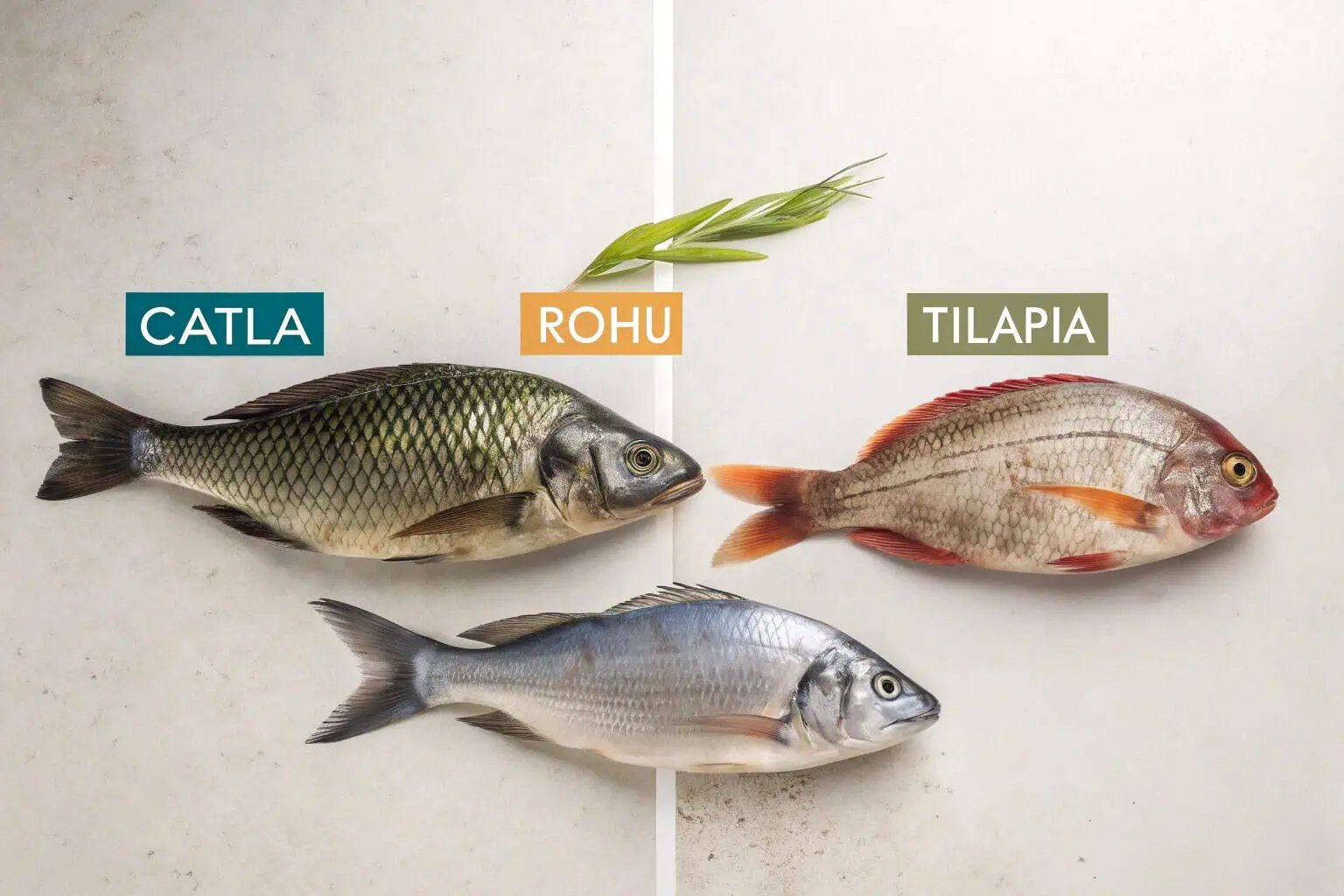
I always tell new farmers that their choice of fish is one of the most important decisions they'll make. It's not just about what sells for the highest price; it's about what you can realistically raise. You need to consider your local climate, water availability, and your own experience level. I started by raising Tilapia because they are incredibly tough. They can handle less-than-perfect water conditions, which gave me a chance to learn without facing a total loss. Once I got more confident, I moved on to other species. Using a controlled environment5 like our collapsible plastic fish tanks can give you more flexibility, as you can better regulate temperature and water quality to suit more sensitive species.
Freshwater Champions
In India, the most commonly farmed fish are freshwater species known as Indian Major Carps6. This group includes Catla, Rohu, and Mrigal. They are popular for a reason: they grow well together in the same pond (a practice called polyculture), they eat different things so they don't compete for food, and people across the country love to eat them. Tilapia is another star. It's sometimes called the “aquatic chicken” because it grows so fast and is so easy to farm. It's a great choice for beginners and can be raised in various systems, from simple ponds to more intensive tank cultures.
High-Value Saltwater Species
If you have access to saltwater, the opportunities are even more exciting. Shrimp farming, especially for species like the Whiteleg shrimp7, is a massive industry in India, driven almost entirely by exports. It's more technically demanding and requires a higher investment, but the potential profits are huge. Sea bass and Cobia are other saltwater fish that are gaining popularity. They fetch a high price in the market. For these high-stakes projects, having reliable infrastructure is non-negotiable. You need tanks that can withstand the corrosive effects of saltwater and provide a stable environment, which is where our specialized Bancy tanks come in.
| Species | Growth Rate | Market Demand8 | Farming Difficulty9 |
|---|---|---|---|
| Tilapia | Very Fast | High | Low |
| Rohu | Fast | Very High | Medium |
| Catla | Fast | Very High | Medium |
| Shrimp | Fast | Very High (Export) | High |
Which country is best for fish farming?
Thinking globally? While India has great potential, other countries also lead the aquaculture race. Let's see where India stands and what we can learn from global leaders.
While China is the world's largest producer, countries like Norway (for salmon) and Vietnam (for pangasius) are also top players. India is rapidly climbing the ranks due to its vast resources and government focus, making it one of the best emerging countries for fish farming.
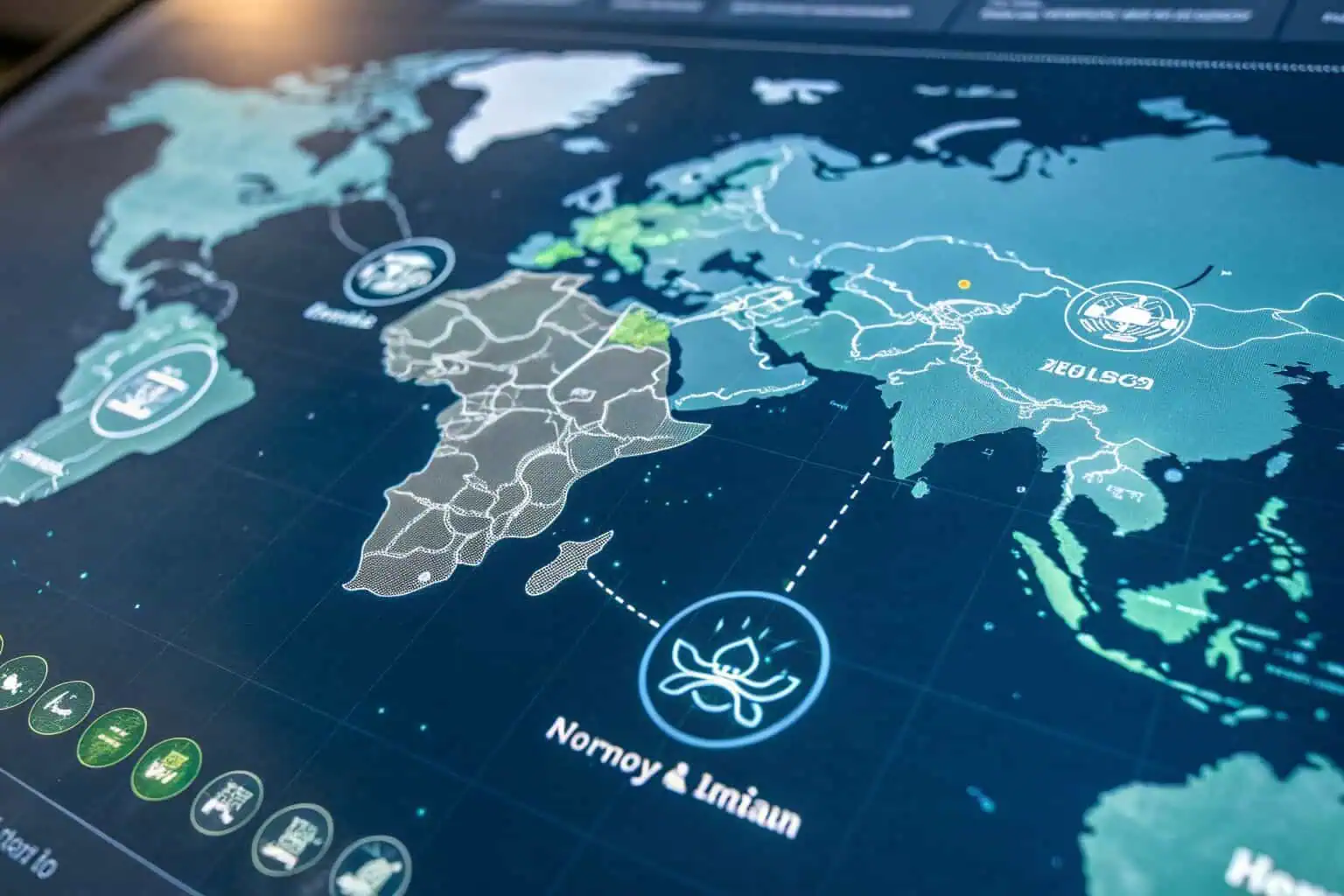
I've had the chance to connect with farmers and industry experts from around the world, and it's fascinating to see how different countries approach aquaculture. In Norway, I was amazed by the level of technology they use for salmon farming. Everything is automated and data-driven. In Vietnam, I saw how they have perfected the art of farming Pangasius fish in the Mekong Delta. These experiences taught me that while we have incredible natural advantages in India, we must embrace technology and innovation to compete globally. We don't have to copy them exactly, but we can adapt their principles to our local context. This is what we try to do at Bancy—bring reliable, modern technology like our dual-welded tanks10 to Indian farmers.
The Global Aquaculture Landscape
China is the undisputed giant of aquaculture, producing more farmed fish than the rest of the world combined. Their success comes from massive government investment, a long history of fish farming, and a focus on a wide variety of species. Norway has taken a different path, focusing almost exclusively on high-value Atlantic salmon in offshore cages. They are leaders in sustainable practices11 and technology. Vietnam has become a powerhouse in farming Pangasius for export to Europe and the US. Each country has leveraged its unique strengths to build a successful industry.
India's Competitive Edge
So, where does India fit in? Our biggest strength is our diversity. We have a long coastline, countless rivers, and ponds. This allows us to farm a huge range of species, from freshwater carps to marine shrimp. We also have a massive domestic market, which provides a stable foundation for the industry. The government is actively promoting fish farming through subsidies and schemes, which is a huge help. I believe our biggest opportunity lies in combining our natural resources with modern, cost-effective technology. We don't need the multi-million dollar systems of Norway. We need practical, durable solutions like our galvanized pipe fish tanks12 that are affordable, easy to install, and built to last in Indian conditions.
| Country | Key Species13 | Key Strength |
|---|---|---|
| China | Carp, Tilapia | Scale, Diversity |
| Norway | Atlantic Salmon | Technology, High Value |
| Vietnam | Pangasius, Shrimp | Specialization, Export Focus |
| India | Carp, Shrimp | Resources, Domestic Market |
Is India the largest fish producer in the world?
Does India lead the world in fish production? It's a common question with a surprising answer. Let's look at the numbers and see where India truly ranks.
No, India is not the largest fish producer; China holds that title. However, India is the third-largest fish producer and the second-largest aquaculture producer globally. Its contribution is significant and growing steadily, positioning it as a major force in the global seafood market.
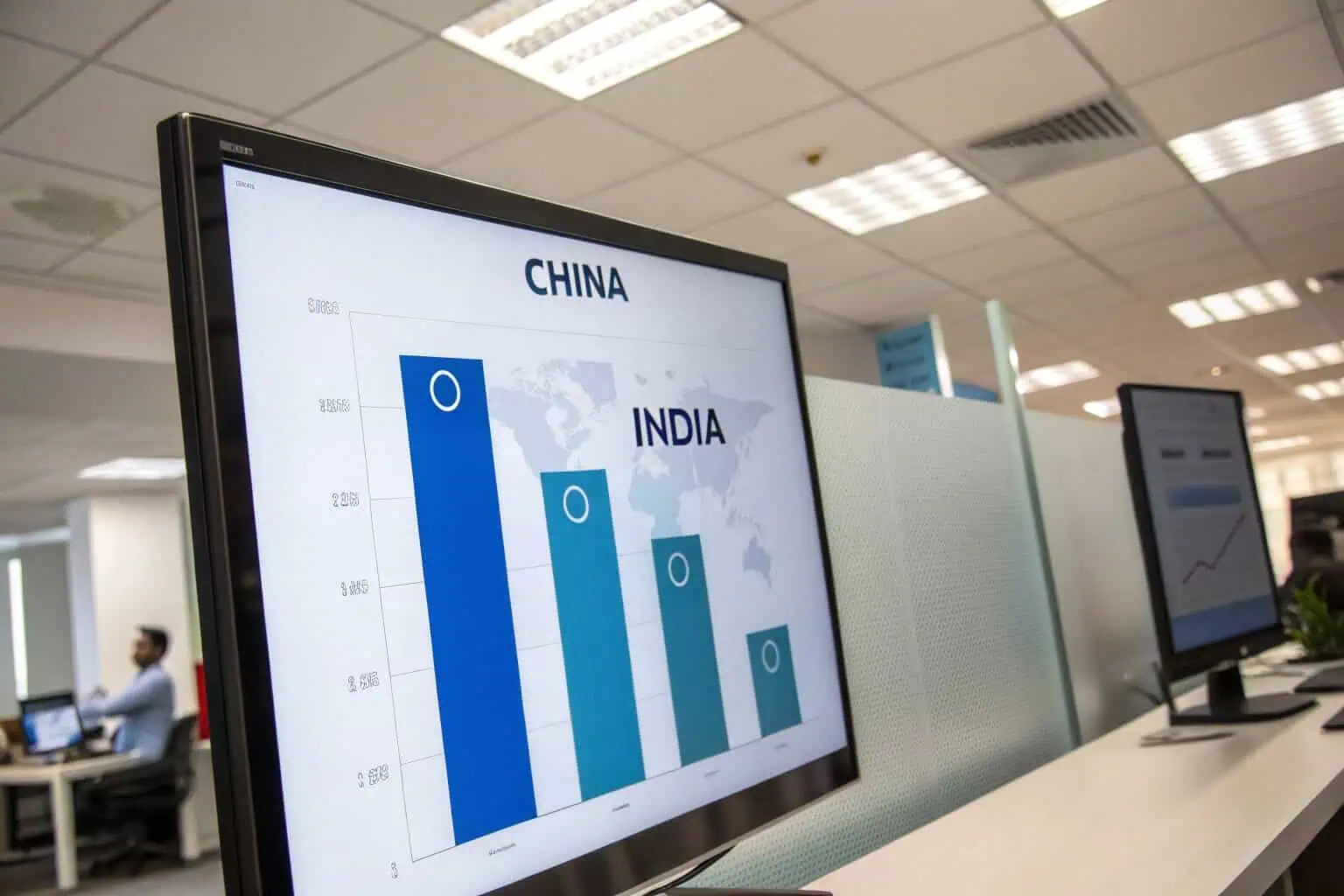
It's a point of pride for me to be part of an industry that is so important to our country and the world. While we may not be number one overall, our position is incredibly strong. I often have to clarify this to people. Being the third-largest producer14 is a massive achievement. It means millions of people depend on this sector for their livelihood and food security. The journey to this point has been long, and the road ahead is even more exciting. The government has set ambitious targets to increase production15, and I am confident we can meet them. It will require hard work, innovation, and collaboration from everyone in the industry, from individual farmers to companies like mine that provide the essential tools for growth.
Understanding the Rankings
To understand the numbers, it's important to know the difference between total fish production and aquaculture production16. Total production includes fish caught from the sea and rivers (capture fisheries17) and fish farmed in controlled environments (aquaculture). While China leads in both, India's strength is increasingly in aquaculture. Our aquaculture production has been growing much faster than our capture fisheries. This is great news because aquaculture is more sustainable and controllable. It's the future of fish production, and we are already a world leader in it. This is where the real opportunity for growth lies for Indian entrepreneurs and farmers.
The Path to Number One
Can India become number one? I believe it's possible. We have the water, the climate, and the people. What we need is a continued push towards modernizing the sector18. This means better farm management practices19, improved access to quality feed and seeds, and better infrastructure. This is where I see my company, Bancy, playing a role. By providing high-quality, affordable, and customizable fish tanks20, we are helping farmers increase their efficiency and productivity. Every successful farm we support is a step towards making India a global leader. The potential is immense, and I am excited to be a part of this journey.
Conclusion
Fish farming in India is a journey of great opportunity. With the right knowledge, technology, and partners, you can build a successful and sustainable business in this thriving sector.
-
Explore the advantages of collapsible fish tanks, which can enhance your aquaculture efficiency and yield significantly. ↩
-
Learning about the impact of low operational costs can provide insights into maximizing profitability in fish farming. ↩
-
High-quality feed can significantly enhance fish growth and health, leading to better profits. Discover more about its benefits here. ↩
-
Understanding feed management is crucial for reducing costs and improving fish health. Explore this resource for effective strategies. ↩
-
Learn how a controlled environment can optimize fish farming conditions, leading to healthier fish and better yields. ↩
-
Explore the importance of Indian Major Carps in aquaculture and their benefits for sustainable farming practices. ↩
-
Explore the advantages of Whiteleg shrimp farming, including profitability and market demand, to enhance your aquaculture knowledge. ↩
-
Understanding market demand can help you make informed decisions in aquaculture and fish farming. ↩
-
Exploring farming difficulties can guide you in selecting the right species for your farming capabilities. ↩
-
Discover how dual-welded tanks can improve farming efficiency and sustainability in aquaculture, especially for Indian farmers. ↩
-
This link will offer valuable information on sustainable practices in aquaculture, highlighting methods that can benefit the environment and industry. ↩
-
Learn about the durability and cost-effectiveness of galvanized pipe fish tanks for aquaculture, ideal for Indian conditions. ↩
-
Understanding key species helps in recognizing the aquaculture landscape and its economic impact globally. ↩
-
Understanding the significance of being the third-largest producer can provide insights into economic impact and industry dynamics. ↩
-
Learning about these targets can reveal the future direction of the agricultural sector and its challenges. ↩
-
Exploring this link will provide insights into the importance and growth potential of aquaculture in sustainable fish production. ↩
-
Understanding capture fisheries will help you grasp the traditional methods of fish production compared to modern aquaculture practices. ↩
-
Explore this link to discover innovative strategies that can transform India's agricultural landscape and boost productivity. ↩
-
Learn about proven farm management techniques that can significantly improve agricultural output and sustainability. ↩
-
Check out this resource to find top suppliers of customizable fish tanks that can enhance aquaculture efficiency. ↩